SGGP
According to the British newspaper The Times, drug smugglers are paying special attention to the port of Antwerp (Belgium), the largest seaport in Europe in terms of area at 192km 2 and relatively open. In addition, this port is also close to neighboring Netherlands, where many smuggling gangs are located.
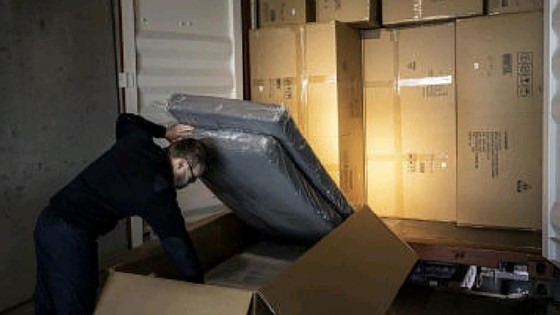 |
| Goods inspected at the Antwerp Customs Office |
According to the head of the Belgian Customs, Kristian Vanderwaeren, in 2022, Belgian customs seized 110 tons of cocaine for the first time in the port of Antwerp, 25 times more than 7 years ago and surpassing the port of Rotterdam (Netherlands), becoming the largest cocaine smuggling center in Europe. Cocaine is manufactured in Colombia, Bolivia and Peru. The production of this drug increases every year and is shipped to the port of Antwerp from all over South America, not just from Colombia.
But the figure of more than 110 million tons of cocaine is just the tip of the iceberg, because according to European law, customs only conducts inspections on 1.5%-2% of the total volume of goods arriving at the port of Antwerp. This can be seen as one of the legal loopholes of the European Union, creating conditions for cocaine from Latin America to easily penetrate the old continent's market.
Every year, more than 200 million tons of goods are shipped to the port of Antwerp, before being shipped across Europe. Drug gangs often hide their “goods” in fruit containers. According to Florence Agelici, a spokeswoman for Belgian customs, many ships carry fruit from Latin America to Antwerp. Fruit cannot be held for long because it can rot. Smugglers can also use hollowed-out logs or liquefied cocaine to inject into clothing.
According to RFI, cocaine smuggling through Antwerp is estimated to bring in 50-60 billion EUR/year, equivalent to 10% of Belgium's GDP. Last September, a judge in Brussels expressed concern that Belgium was turning into a narco-state. Along with cocaine comes violence, murder, and gang-related killings in the small city of Antwerp. Traffickers seek to terrorize people, making them afraid for their lives and afraid to speak out. Many judges, threatened by gangs, have had to be protected by security forces.
Faced with a situation that is increasingly beyond the local management capacity, Antwerp Mayor Bart De Wever has asked the federal government to intervene to control the cocaine smuggling situation in Antwerp. Although the Belgian judicial police have mobilized 20% of their forces for drug-related cases, it is still not enough to cope. Brussels has announced the recruitment of about 100 additional customs officers to supplement the force, which currently includes 300 customs officers at the port of Antwerp. Belgium has also decided to disburse 700 million EUR, from now until 2024, to install 10 more screening systems for checking cargo containers at the port of Antwerp, allowing scanning of all containers transported from Brazil, Panama, Colombia, Paraguay, etc.
Although the cocaine seized in Antwerp had crossed the port of Rotterdam, in reality, the cocaine trafficking gangs in Antwerp were controlled by Dutch networks. In 2021, a joint operation by European police forces to disrupt the encrypted messaging network Sky Ecc revealed the extent of the drug smuggling network in the port of Antwerp, especially the involvement of Dutch criminals.
According to France Info, once it reaches the port of Antwerp, almost all of the cocaine is shipped directly to the Netherlands, from where it is smuggled across the continent. In November 2022, Europol dismantled a super gang that controlled up to a third of the cocaine trafficking network in Europe and arrested 49 suspects in many countries, including 6 in Dubai, United Arab Emirates. Europol seized 30 tons of cocaine from this large haul.
Source


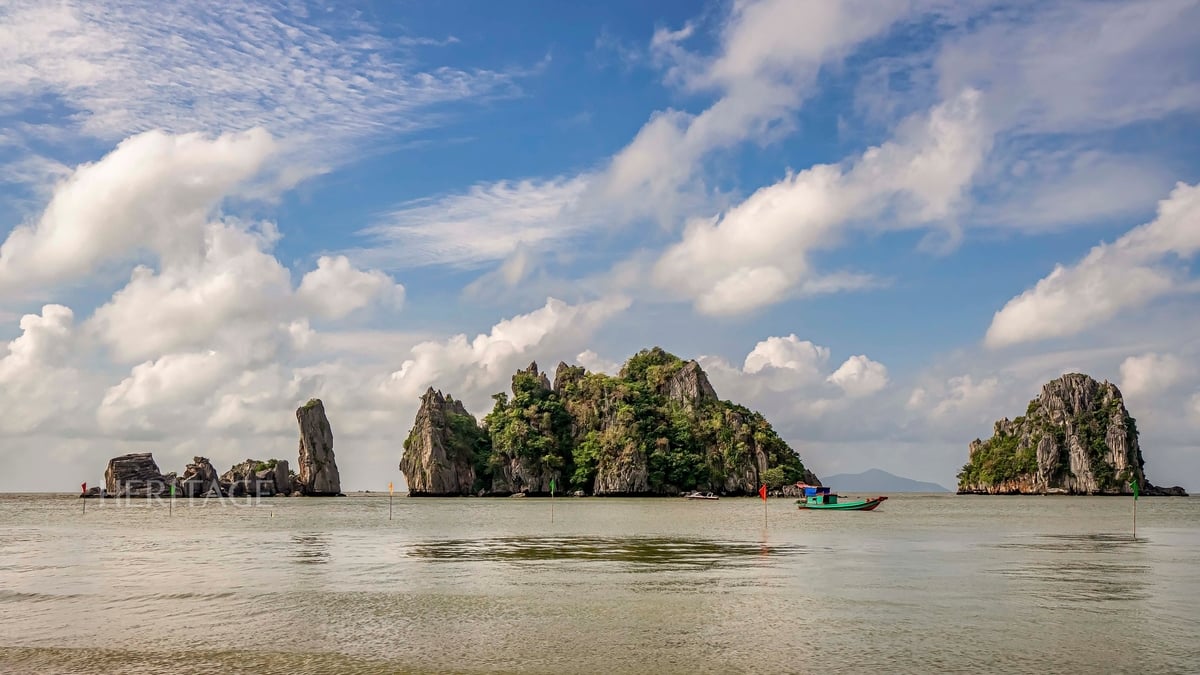
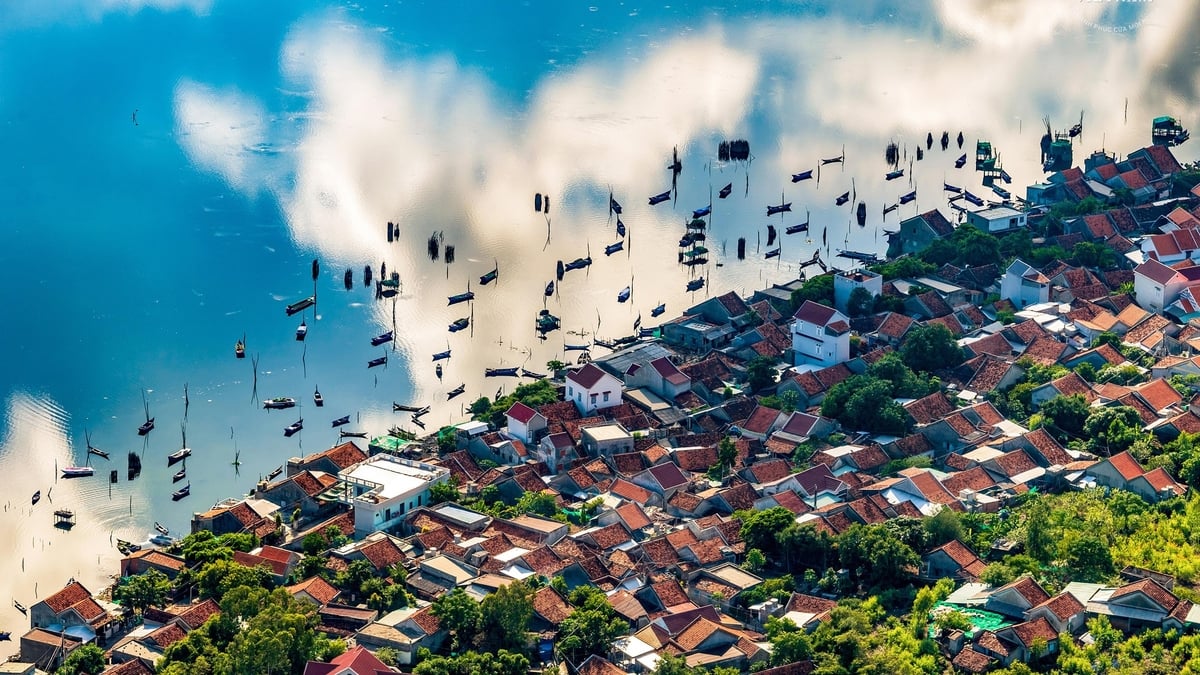









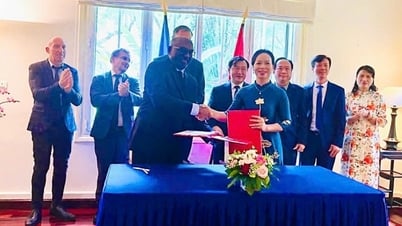
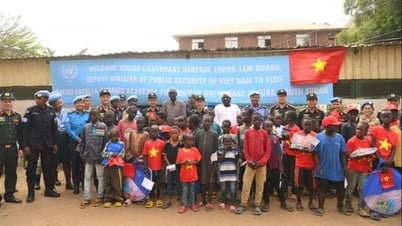








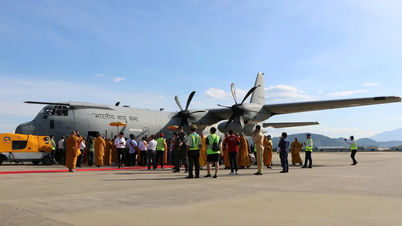
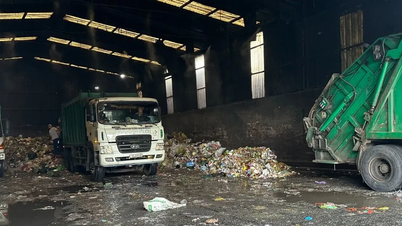
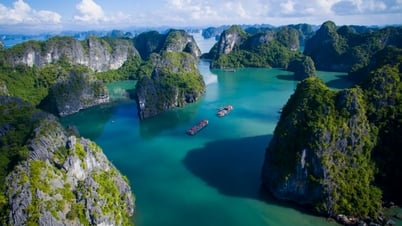










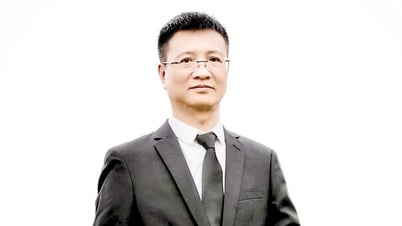





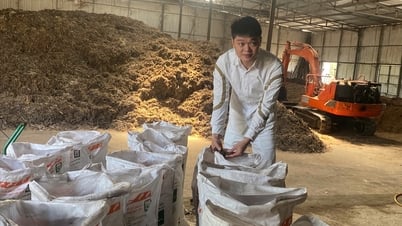





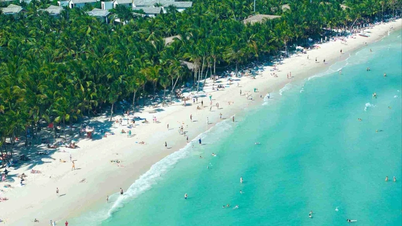























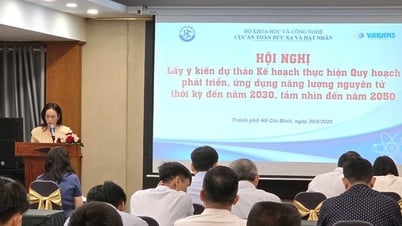





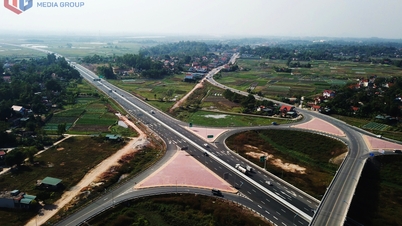



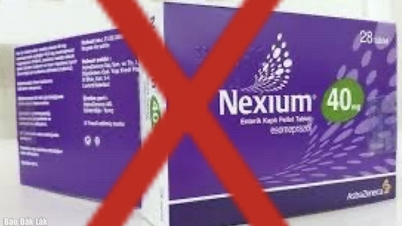

















Comment (0)